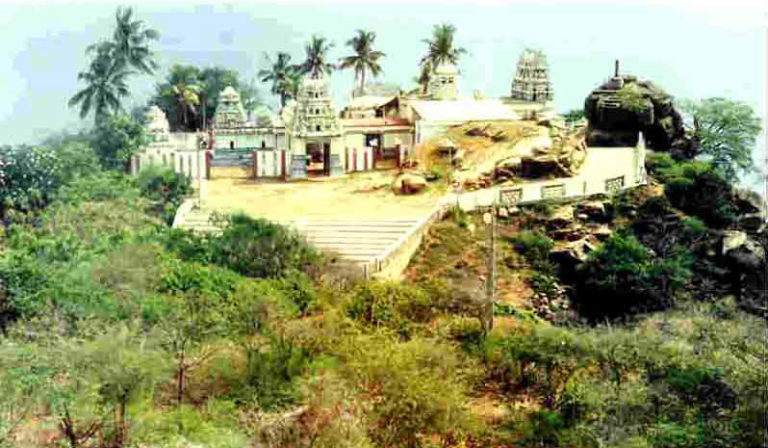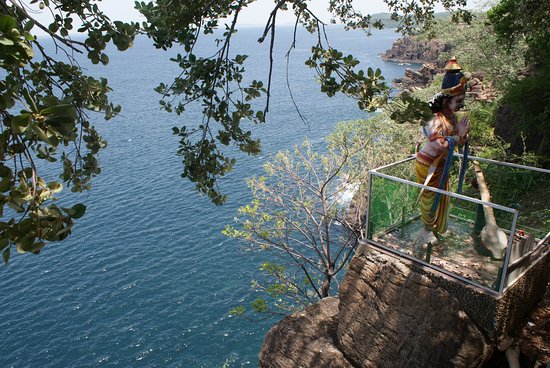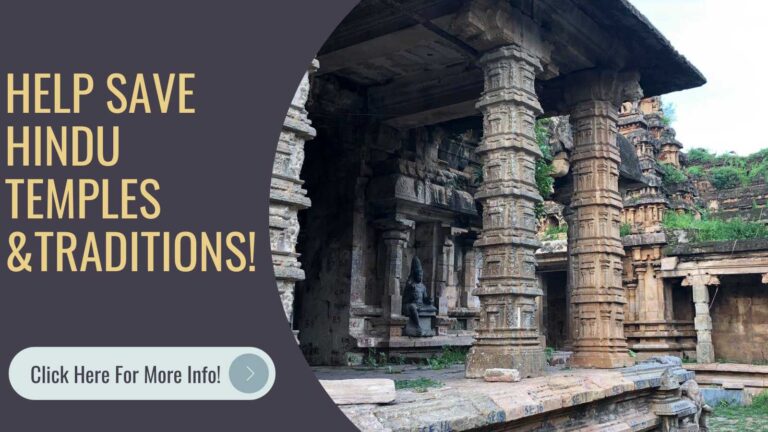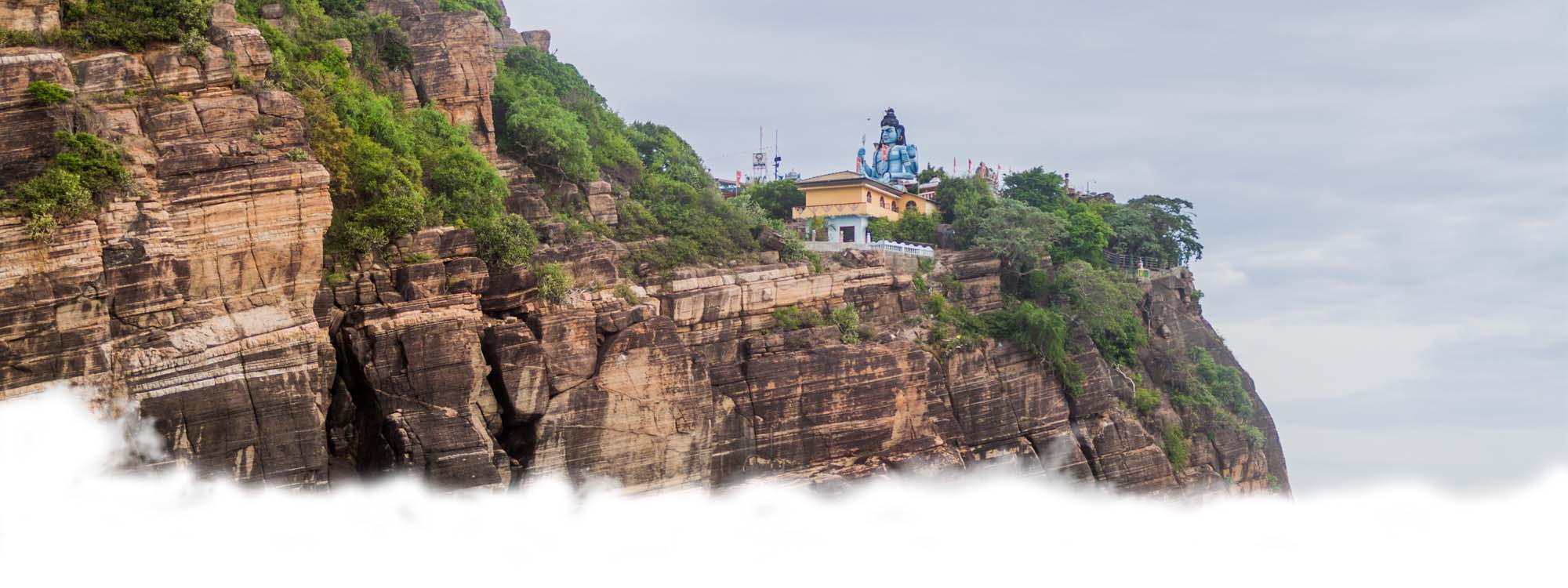
Shankari Devi Temple
The Shankari Devi Temple is situated in Trincomalee on the eastern coast of Sri Lanka. While the original temple was destroyed many years ago, a new temple has been created next to the Koneswaram Shiva Temple.
History Behind the Shankari Devi Temple
Shankari Devi is located on a hilltop, and the Trikoneshwara is one of the four most important temples dedicated to Lord Shiva in Sri Lanka while the others are in Galle, Keetheswaram, and Muneeswaram. The deity was being worshipped here more than 2500 years ago even before one of the first Kings, Prince Vijay, landed in Sri Lanka in 300 BC.
It was one of the wealthiest temples in the South and had a large structure on the rock. Archaeological information states that there were three temples on the hilltop. The tallest Gopuram with the Indian Ocean in its backdrop had the statue of the main deity. The temple was a massive structure with around 1000 pillars and small mandaps.
Shankari Devi temple was on top of a beautiful, rugged hill-face that was named, Ravanan Veddu. Trincomalee is a seismic region that also has volcanic activity going on. Nearby, one can see the Kannia hot springs that shows the volcanic presence in the region.
The Chola, Pandya, and Pallav rulers made many contributions to the care and development of the Shankari temple. The Portuguese colonists invaded the place and destroyed many places of worship in and around the Sri Lankan island after 1505 AD. On 14th April 1624, on Tamil New Year’s Day, idols were taken on a procession through the town.
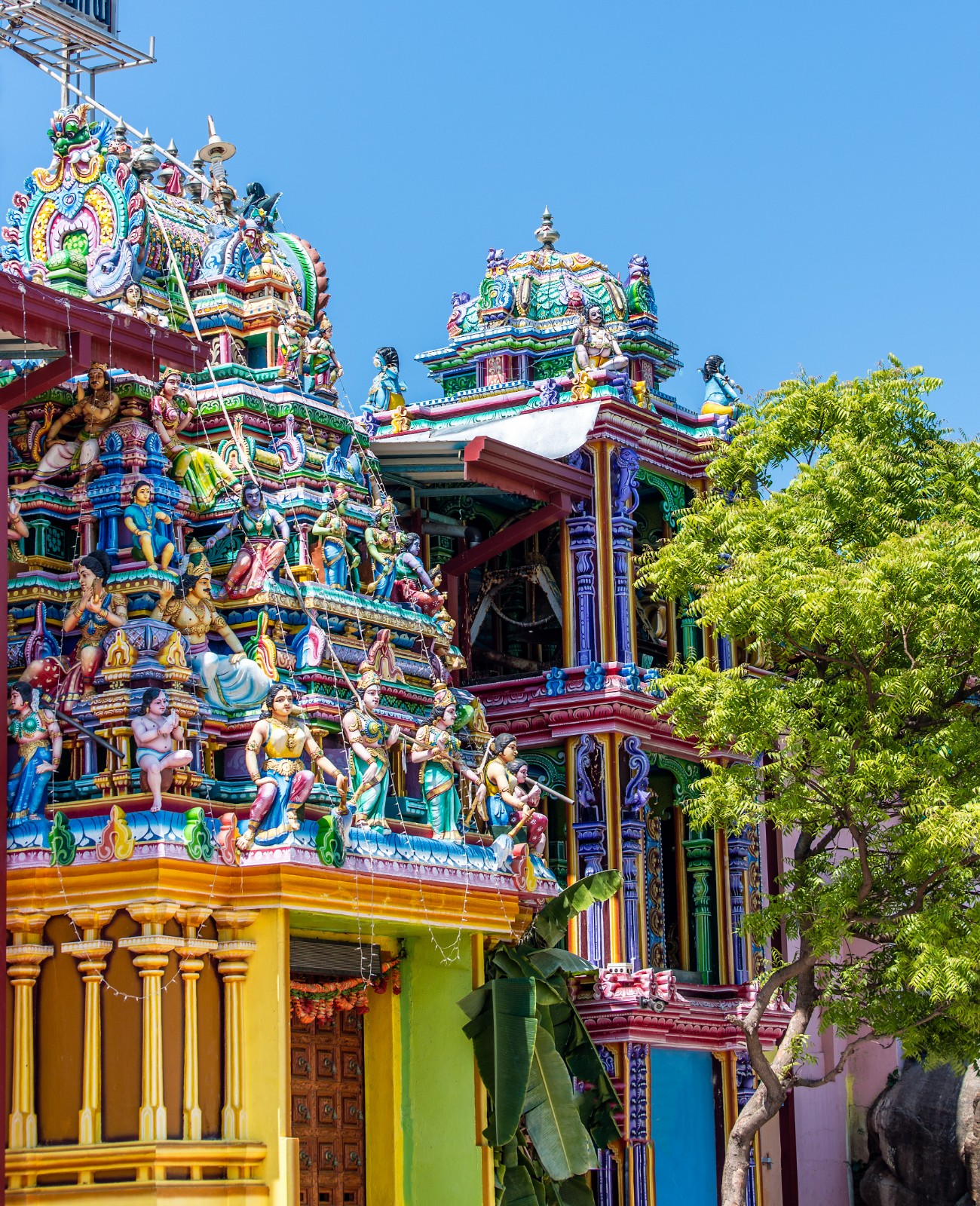
During this event, the Portuguese entered the temple dressed as priests and destroyed all the valuables in the temple. They even used a cannonball from their ship and plundered the top of the temple. The temple was destroyed, and the materials were used to make Fort Frederick. On the place of the temple, a lone pillar stood after that.
The deities of Trikoneshwara and Shankari Devi were hidden in a well to protect them from Portuguese invaders and were recently recovered in Trino after the independence of Sri Lanka in 1948, from a well. The South Indian Chola ruler, Kulakottan, renovated the temple while some Buddhists maintained the design for the King Mahasena, who destroyed the temple and built in its place a Dagoba.
Many artefacts from the demolished temple are preserved at the Lisbon museum. A stone inscription by Kulakottan had a dual fish emblem, and it said that after 1500 AD, the land would be ruled by people with different eye colors for at least 500 years, after which the earlier rulers, Vadugus, will get to rule the land.
The inscription came out to be accurate, as Trincomalee was then ruled by the Dutch for around 500 years, followed by the Vadugus and the French until the Britishers captured Sri Lanka in 1795. A small temple was built in 1689 to preserve the idols, but no worshipping by the people was allowed. In 1952, a temple was also made for Trikoneshwara.
Currently, there is a Shankari Devi temple that was built in 1952 by local Hindu Tamil people adjacent to which is the Trikoneshwar Temple. It was made after a long gap of 450 years. Near the temple, there is a sacred Bilva tree near the edge of the cliff on top of the Indian Ocean.
Sage Agasthya built the Trikoneshwara temple by instructions from Lord Shiva, who was impressed by Ravana’s devotion towards him. It is splendid as it is believed to be made by the Lord for his devotee. Goddess Shankari is worshipped in the Devi temple in the form of Mathumai Ambal.
Stories About the Temple
Shankari Devi temple had a lot of prestige and popularity during ancient times. A lot of history and tradition is related to the temple. Let’s have an insight into some stories associated with the temple.
During the Tretha Yuga, Parvati got a strong desire for a big and beautiful house, where she could live happily with Lord Shiva and their children. She approached Shiva with shyness visible on her face and told him about her desire for a large palace-like house. Shiva responded in a very humble manner.
Shiva asked Parvati whether she had forgotten that he was a devout, Yogi of the Yogis, and had total control over his wishes and desire. For him, there was no difference between luxury and ordinary. Shiva finally decided to act upon it and grant Parvati’s wish.
Shiva waved his hands and asked Vishwakarma for his help. Shiva wanted him to build the most luxurious palace ever seen to fulfill Parvati’s wish. Vishwakarma chose a beautiful location in Lanka and set up a magnificent palace, filled with gems and jewels, and cooled by water fountains.
Parvati wanted to do the Grihapravesh and flew to Lanka with Shiva to find a suitable Brahmin for the ceremony. They heard Ravana’s chant of Om Namah Shivaya, and Shiva was very pleased with Ravan and blessed him to achieve everything he desired.
When Shiva realized that Ravana was the son of Vishravas and had complete knowledge of the Vedas, he selected Ravana to perform the Grihaparvesh ceremony. Ravana accepted the role and set a date for the ceremony. He was great in astrology and even wrote a book on it named Ravana Samhita.
Ravana performed the duties on the decided date and used all the correct shlokas and mantras. Parvati was very pleased with everything, and as Dakshina, she offered Ravana a boon. Shiva laughed because a Brahmin should never himself make a demand and should be happy with what he receives.
Ravana smiled at the offer and asked for the Palace as Dakshina because he had fallen in love with the palace. Parvati granted him his wife, but Ravana was very ashamed for asking for the palace. He immediately apologized to Parvati and asked her to live here and shower the region with her blessings.
Ravana built a giant temple here with intricate architecture solely devoted to Shankari Devi. The natural beauty around the temple was immense. He also included in the temple, one of the most beautiful gardens of Lanka. The kingdom prospered with the blessings of the Goddess.
The trouble started when Ravana kidnapped Sita and brought her here. Shankari Devi became very angry and asked Ravana to return Sita to Lord Rama. Ravana did not accept this, and as a result, Shankari Devi left the island because of disappointment.
Later on, when Rama defeated Ravana, Vibheeshan was crowned as the ruler of Lanka. He prayed for Shankari Devi to return to the kingdom, live there, and bring glory again to Lanka.
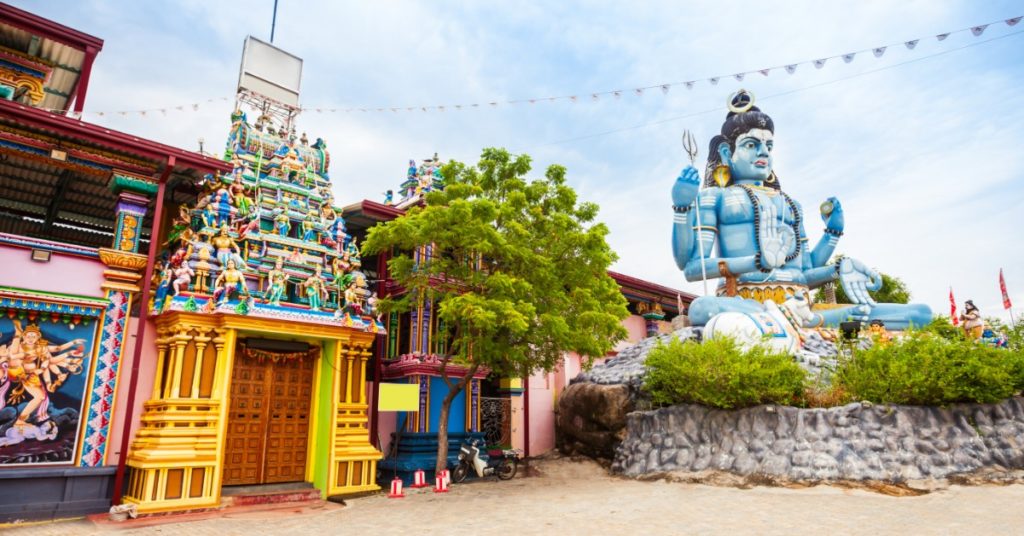
Story of Adisesha
Parmashwera blessed many Gods and Goddesses with special powers when the Universe was created. Adisesha’s task was to hold the Earth steadily till the next Pralay. The wind god, Vayu, was furious and doubted his ability to hold the Earth.
Adisesha got angry, and a fight broke out. He wrapped himself around the Kailash and asked Vayu to blow away the entire mountain. Vayu turned into a hurricane and attacked the Kailasha. The world shook because of the battle, and the Devas came to Shiva’s feet for shelter. Shiva ordered Brahma to build another Kailash in the south.
Shiva called Adidesha, who lifted three of his hoods to listen to Lord Shiva. At this moment, Vayu broke three of Kailasha’s peak, and Parameshwar ordered to place these three peaks in the South. The third hill was named Thirukkonamalai, and it lies on the same latitude as Kailash. This is the place where Shankari Devi temple is located.
Story of Kethu
The Asura, Kethu, was also vital to the history of Shankari Devi Temple. He swallowed the Divine Nectar by churning the Ocean of Milk, which gave him immortality. Later, Vishnu cut his head, and he wandered headless. Brahma pitied him and transferred him into the planets of Rahu and Kethu.
Kethu was very worried because of his sins and came to the place where the temple is, called Ketheeswaram. He worshipped Lord Shiva here and obtained Moksha.
Sacred Spots Around Trincomalee
• Bilva Tree offers stunning views of the Indian Ocean. It stands on the edge of the cliff and Lord Rama meditated under this tree.
• On the road to Trincomalee, one comes across the Kannyayi Hot Springs. It is a public bathing resort and is managed by the nearby Mari Amman Kovil, who have the wells on lease. It is believed that bathing under these springs brings good fortune and blessings.
• Mavaliganga Theertha comes up from a well in the hill’s western side and then empties into the Indian Ocean. Once Parvati was examining Shiva’s locks, and she saw a women’s face for a second. At this moment, the Ganga froze into ice, and Shiva scooped up and dropped it into the sea.
• Apart from this, many traditional events and festivals used to take place in and near the Shankari Devi Temple.
